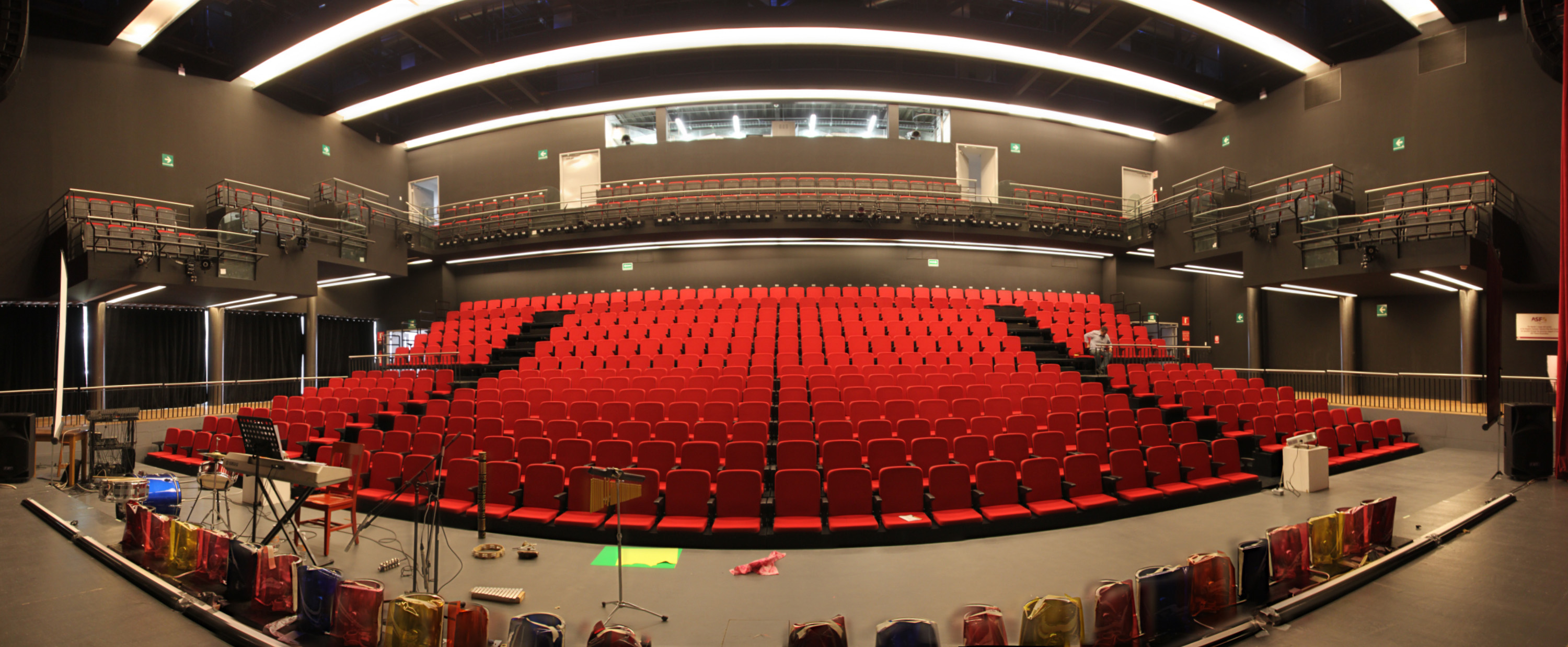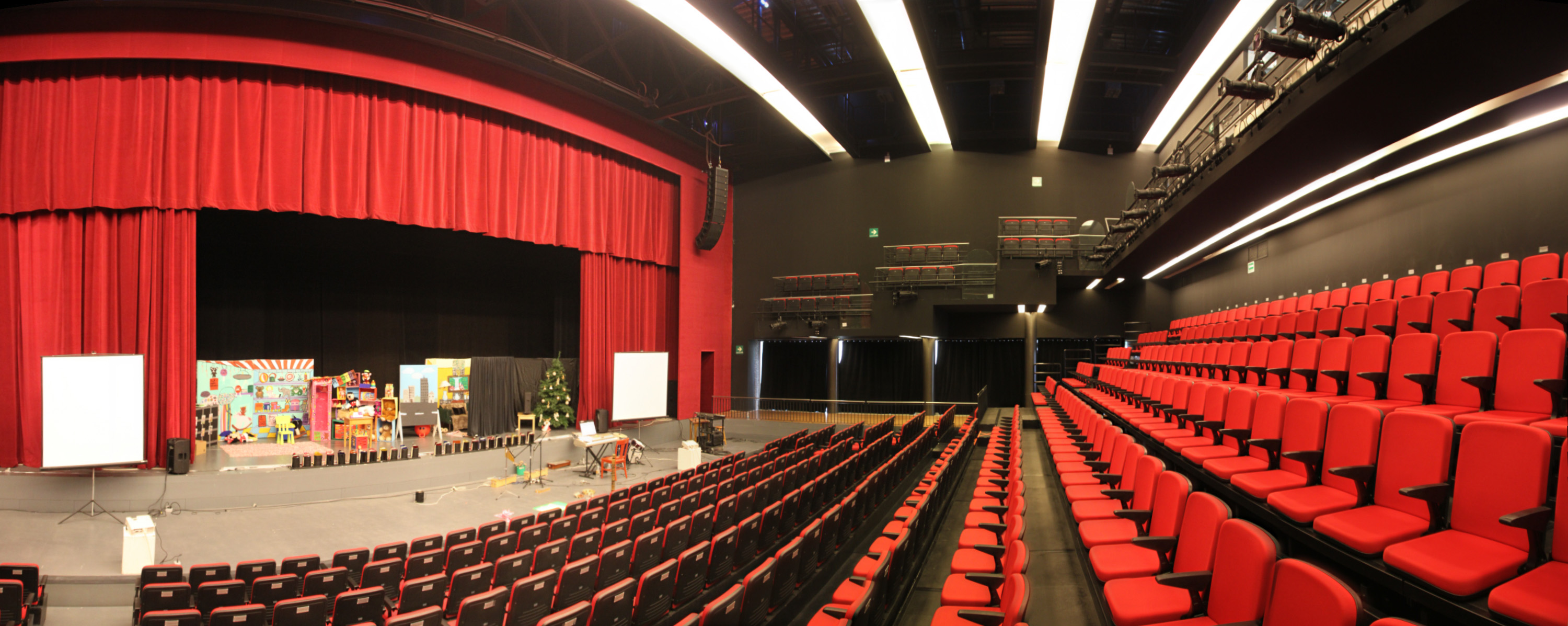Filter Categories
TODOS
CERTIFICADO
ORO
PLATA
PLATINO

100% reduction in water used for irrigation, 61% reduction in rainwater runoff, 40% savings in potable water use, 37% savings in energy consumption for lighting, 30% of vegetated areas, 13% savings in total energy consumption.
The building saves 13% in energy, compared to a base building with similar characteristics, according to the ASHRAE 90.1 2007 standard. The installed load for lighting was reduced by 37% selecting energy-efficient luminaires and installing occupancy sensors in restrooms, dressing rooms, corridors, storage rooms and classrooms. A CO2-based demand controlled ventilation system controls the supply of fresh outside air in the building, outside air is delivered only when the space requires it, reducing the energy consumption of mechanical air conditioning and ventilation equipment the rest of the time. A quality assurance service for energy systems was hired to verify that they were installed and calibrated to perform according to the requirements of ASF.
The project demonstrated compliance with the ASHRAE 62.1-2007 standard, which sets minimum ventilation rates for acceptable indoor air quality. This improves air quality and promotes comfort, well-being, and productivity of students and teachers. In the lobby, gallery, and theatre there is a mechanical ventilation system with fresh air injection, with additional outside air than the minimum rates required by the ASHRAE 62.1-2007 standard, to avoid the concentration of pollutants. In classrooms and dressing rooms there is natural ventilation through operable windows. The thermal comfort in the building is provided by injecting cold air into the space through air handling units that receive chilled water from the campus central plant. The music room and the theater have special wall and ceiling finishes to ensure good acoustic performance.
The landscape design of the building’s roof consists entirely of succulent or crass plant species which have low water requirements, so there is no need for a permanent irrigation system and minimal maintenance is given in prolonged periods of drought in the area. The building has water-saving fixtures and fittings: sinks, showers, low-consumption toilets, and dry urinals. This generates savings of 40% in potable water use. All the wastewater generated in the building is directed to the school’s wastewater treatment plant (WTP), where it is treated to tertiary standards to be reused throughout the campus for green areas irrigation.
The building features containers the storage of recyclables: paper, PET, cans, cardboard, newspaper, and tetra pack. The waste is separately carried to the general collection area on campus. During the construction of the project 74% of the total waste generated was diverted from landfill and sent to recycling processes. The steel used for the building’s structure was specially selected for its recycled content; the concrete, the facade materials, glass, and aluminum are considered regional, as they were extracted and manufactured within 800 km from the school site. These measures reduce the CO2 emissions associated with raw materials extraction and building’s materials transportation
Sustainable Sites
Water Efficiency
Energy and Atmosphere
Materials and Resources
Interior Environmental Quality
Innovation
Regional priority

The building is located within the ASF campus, and some of the pre-requisites and credits for LEED certification were implemented at a campus level. The campus is in an area with pedestrian access to several services including banks, restaurants, pharmacy, hospital, church, and supermarkets, which promotes sustainability in the community, reducing the need of a car. The campus is located within 800 meters from the Observatorio metro station, where line 1 runs, as well as 400 meters from several bus stops located in Observatorio Avenue. This represents an alternative for people working in ASF to reduce personal car use. It also helps to reduce air pollution. Excluding a few parking spaces for people with disabilities, all parking is located underground. This contributes to reduce the heat island effect, a phenomenon that occurs in cities when solar radiation is absorbed in materials such as concrete, asphalt and dark-colored finishes such as red and black on building roofs and paved areas. In addition, the Jenkins Foundation Wellness Center building has a vegetated roof which helps to further reduce the heat island effect. 20 exclusive parking spaces for low-emitting and fuel-efficient vehicles are provided. The location of these parking spaces is preferential; they are the closest to the parking exit leading to the campus’ buildings. The whole campus has a no-smoking policy both indoors and outdoors to prevent exposure to tobacco smoke of students, staff, and school. The campus also has a waste management system which allows for the reuse and recycling of paper, PET, cans, cardboard, newspaper, and tetra pack.